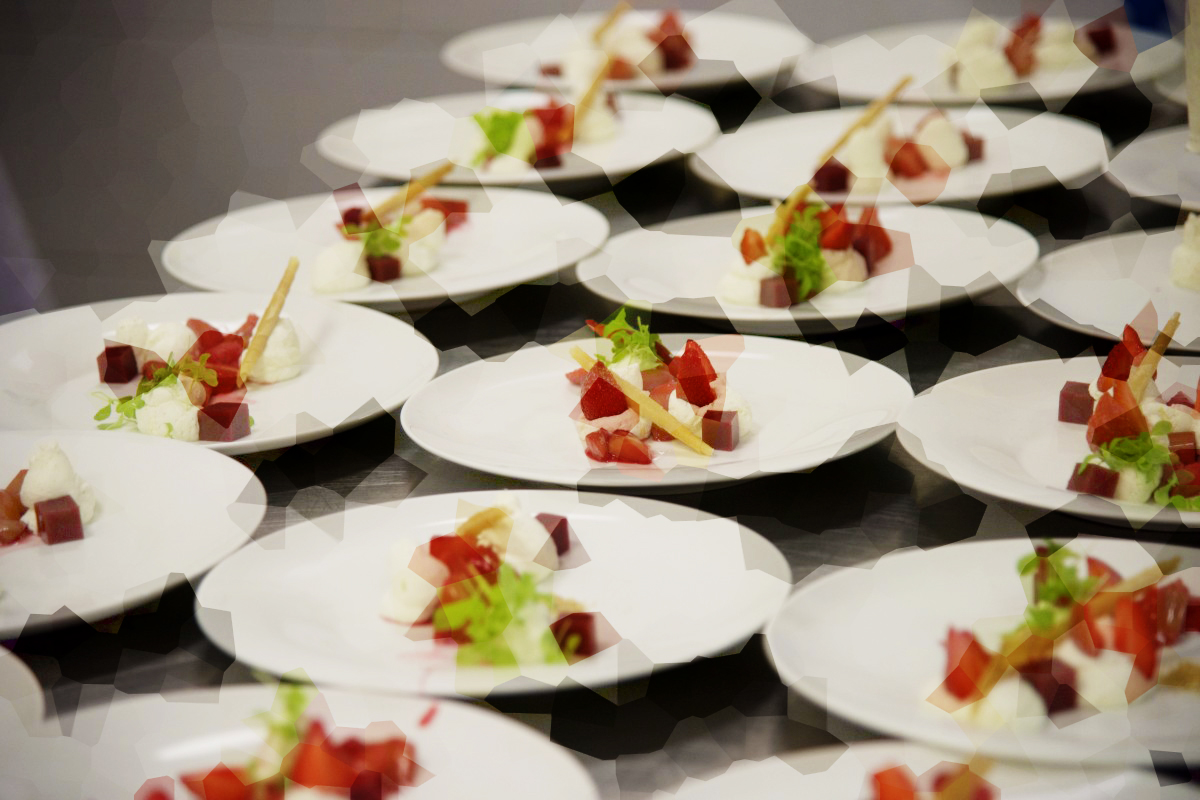 Imagine having to feed 5000 guests and 2000 crew three meals a day every day. Consider the logistics, planning and hard labour that goes into an operation this size. But this is just a typical day on some of the biggest cruise ships sailing the seas.
Imagine having to feed 5000 guests and 2000 crew three meals a day every day. Consider the logistics, planning and hard labour that goes into an operation this size. But this is just a typical day on some of the biggest cruise ships sailing the seas.
For cruise ship chefs, jobs fuelled by passion are the only way to see through contracts that stretch months long. Thousands of guests go through tons of food every day, and the mantra for any top-of-the-line hospitality venture is to make sure that no one goes hungry and that the products are of excellent quality.
So how do they do it? Everything depends on prep work. For a galley operation this size, a specific hierarchy is involved that ensures each chef knows his or her job and that tasks are divided. Volumes are such that many chefs will be handling the same or similar jobs at their hierarchical level.
Cruise ships load a week’s worth of supplies and produce that caters to all the dining areas. This means much of the food is made on board, which helps keep dishes fresh and tasting great.
In some cases, cruise ship chefs work in what can be looked at as a commissary kitchen where the main preparation happens. Here, fish and other meats are thawed and marinated, vegetables, fruits and produce are cleaned and cut, marinades and sauces are made according to international food regulations.
Depending on what level of the hierarchy you are at, you could spend the entire day shucking corn, pin boning fish fillets, chopping onions or cleaning pineapples. Cruise ship chefs jobs at this level also involve making marinades, sauces and soups, including pesto and marinara for pastas, French onion soup, chimichurri or aioli or béarnaise for steak.
You get juggled around in the schedule so it’s not likely that you will spend all of the 6-8 months of your contract doing the same thing. As a chef, this allows you to form proper technique and hone your skills so that at the end of your contract, you could potentially do all of these tasks blindfolded.
These are great skills to have for career growth and can prove vital for your climb up the hierarchy, whether on board a cruise ship or a shore job in a restaurant, hotel or club.
Having food prepared at this stage, enables the cruise ship galley for each restaurant or for chefs higher up in the hierarchy to make dishes quicker. Produce needs to be prepped many different ways for different dishes.
For example, a soup might need puréed carrots while an Asian stir-fry may need it julienned. This means at some point along the chain, the tasks involved include washing and peeling the carrots, and then either boiling and puréeing them or slicing them thinly.
With this prep already done, all that is required is preparing the mise en place – putting together all the ingredients required for a particular dish so that chefs in the restaurants need only grab what is required and have the dish out the doors and served to customers within a shorter span of time.
Prepping thus increases efficiency of delivery and overall quality of the final product.

